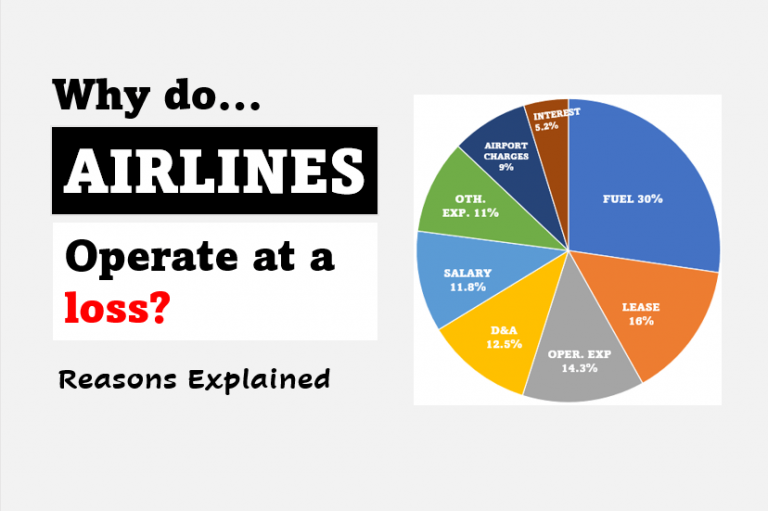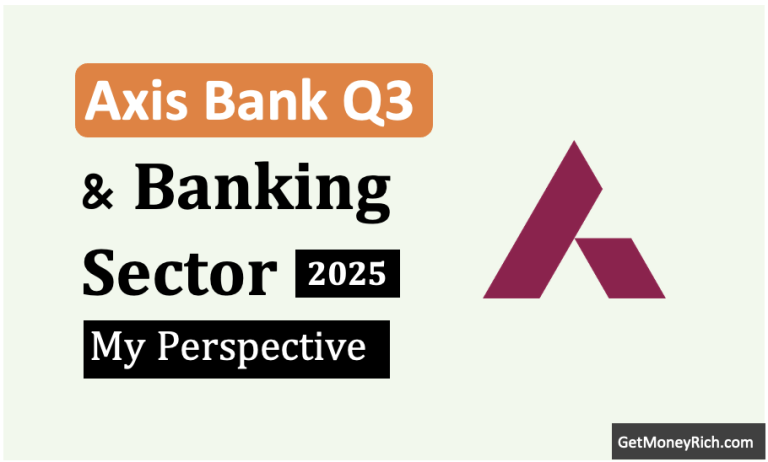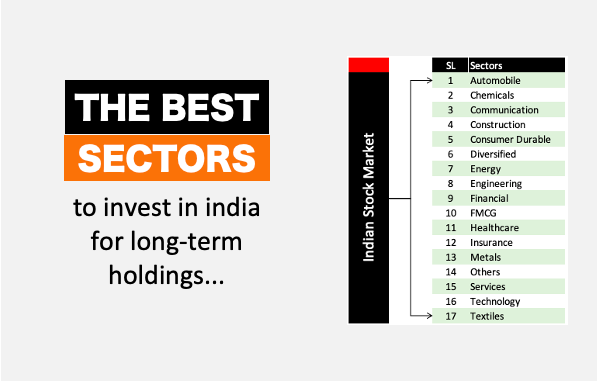[Updated: 20-May-2025]
| SL | Market Cap (₹ Cr) | Sector | Industry | Industry P/E |
|---|
Introduction: Price-to-Earnings (P/E) ratio is a key metric used by investors to assess stock valuation. However, P/E ratios vary across industries due to differences in business models, risk levels, and growth potential. Understanding sector-wise P/E ratios can help investors compare valuations and identify potential investment opportunities. In this article, we will explore industry-wise P/E ratios in India, factors influencing them, and their significance in investment decisions.
What is a Sector-Wise P/E Ratio?
A sector-wise P/E ratio represents the average P/E of all listed companies within a specific industry. It helps investors understand whether a particular sector is overvalued or undervalued relative to historical averages or other industries.
For example:
- High P/E Ratio: Indicates investor confidence and expectations of high future growth (e.g., technology, FMCG).
- Low P/E Ratio: May indicate slower growth, cyclicality, or undervaluation (e.g., manufacturing, textiles).
Factors Influencing Industry-Wise P/E Ratios
Several factors contribute to the variation in P/E ratios across sectors:
- Growth Potential: High-growth industries like IT and FMCG command higher P/E ratios due to strong future earnings potential.
- Earnings Stability: Sectors with stable earnings (e.g., FMCG, pharma) tend to have higher P/E ratios compared to cyclical industries like metals and automobiles.
- Market Sentiment: Investor perception plays a key role. A sector with strong demand expectations may trade at a premium.
- Economic Cycles: Cyclical industries (e.g., automobiles, real estate) experience fluctuations in P/E ratios depending on economic conditions.
- Government Policies & Regulations: Sectors affected by policy changes, such as banking and energy, may witness P/E ratio volatility.
How to Use Sector-Wise P/E Ratios for Investing?
- Comparing Stocks: Compare a company’s P/E ratio with its industry average to assess relative valuation.
- Identifying Market Trends: A rising P/E in a sector may indicate bullish sentiment, while a declining P/E may signal investor caution.
- Sector Rotation Strategy: Investors may shift allocations based on sectoral P/E trends to maximize returns.
- Finding Value Stocks: Low P/E stocks in sectors with growth potential could be attractive for value investors.
Case Study: Textile Sector P/E Ratio
The textile sector in India has a historically lower P/E ratio (8-14) due to:
- Low pricing power and competitive pressures.
- Dependency on export demand and government policies.
- Cyclical nature linked to global trade and raw material costs.
However, some textile companies with strong brands and efficient operations trade at premium valuations.
Conclusion
Understanding sector-wise P/E ratios is crucial for making informed investment decisions. Investors should not rely solely on P/E but also consider factors like earnings growth, business model, and industry trends. By regularly tracking industry-wise P/E ratios, investors can identify undervalued opportunities and align their portfolios with market cycles.
FAQs
1. Why do some industries have a high P/E ratio?
Industries with strong growth potential, high demand, and stable earnings (e.g., FMCG, IT) typically have higher P/E ratios.
2. Is a low P/E ratio always good for investment?
Not necessarily. A low P/E may indicate undervaluation or weak business fundamentals. Investors should analyze other financial metrics before making decisions.
3. How often do industry-wise P/E ratios change?
Sectoral P/E ratios fluctuate based on market conditions, corporate earnings, and investor sentiment. Monitoring them regularly is essential.
Would you like a real-time updated list of sectoral P/E ratios? Let us know in the comments.






